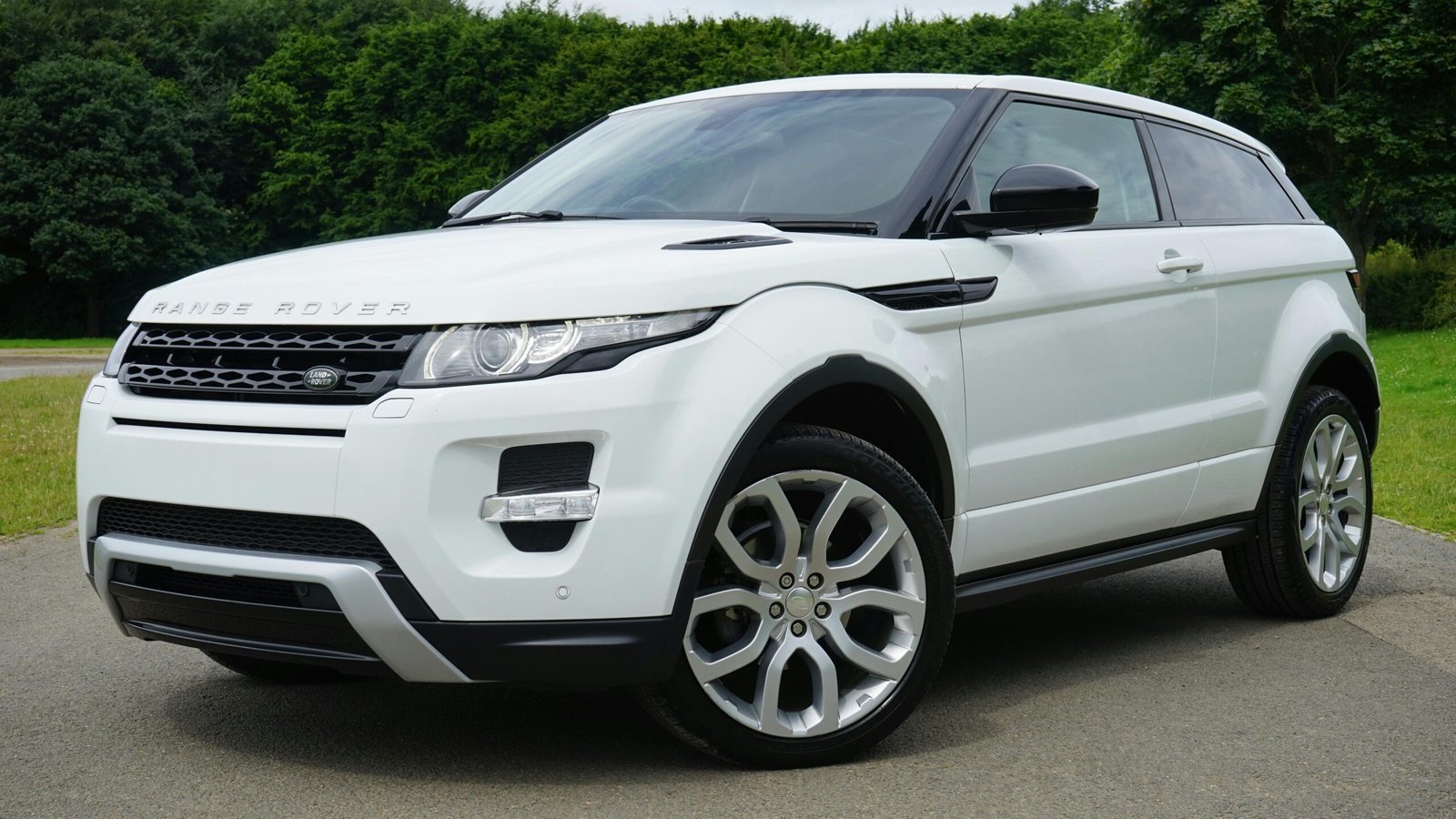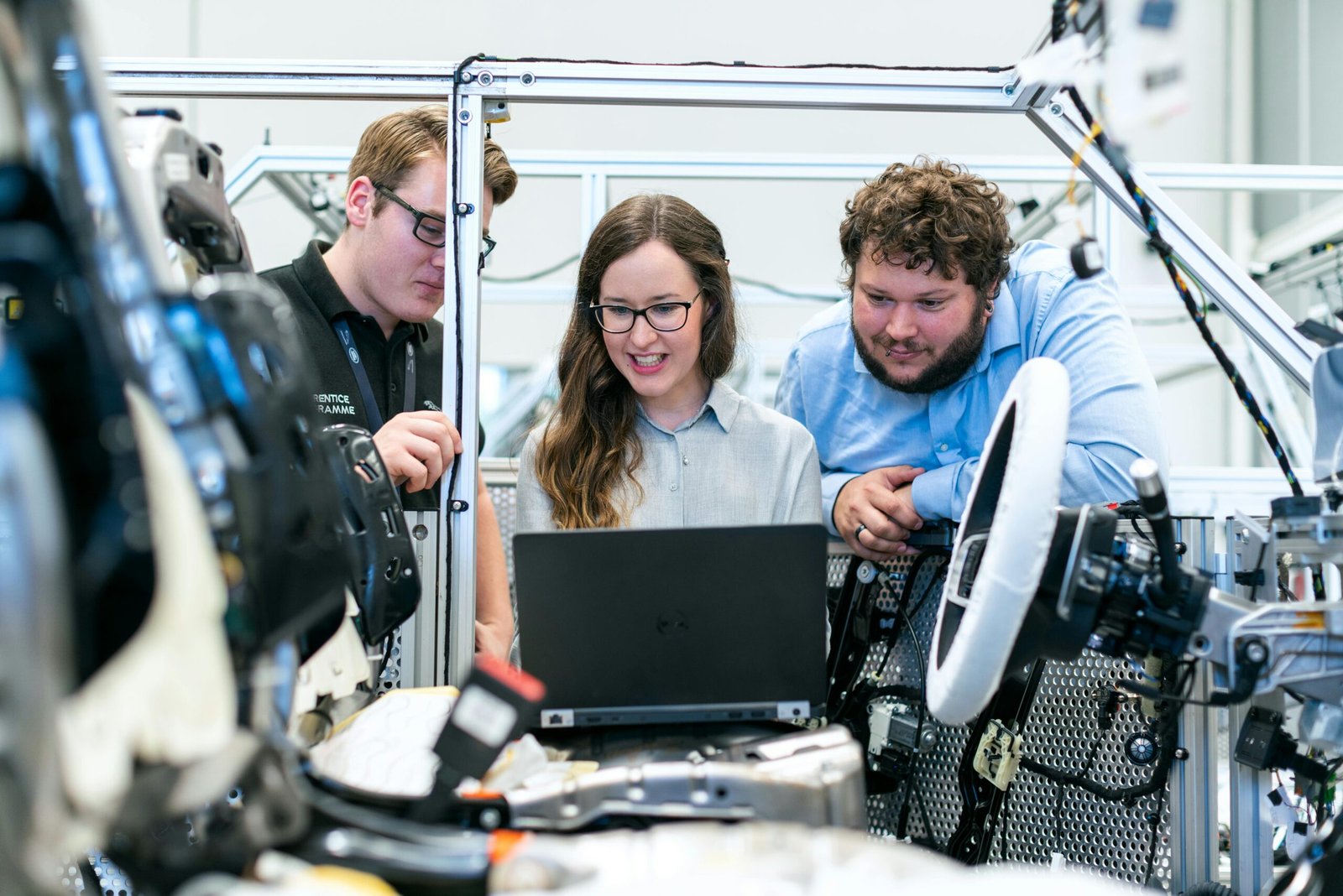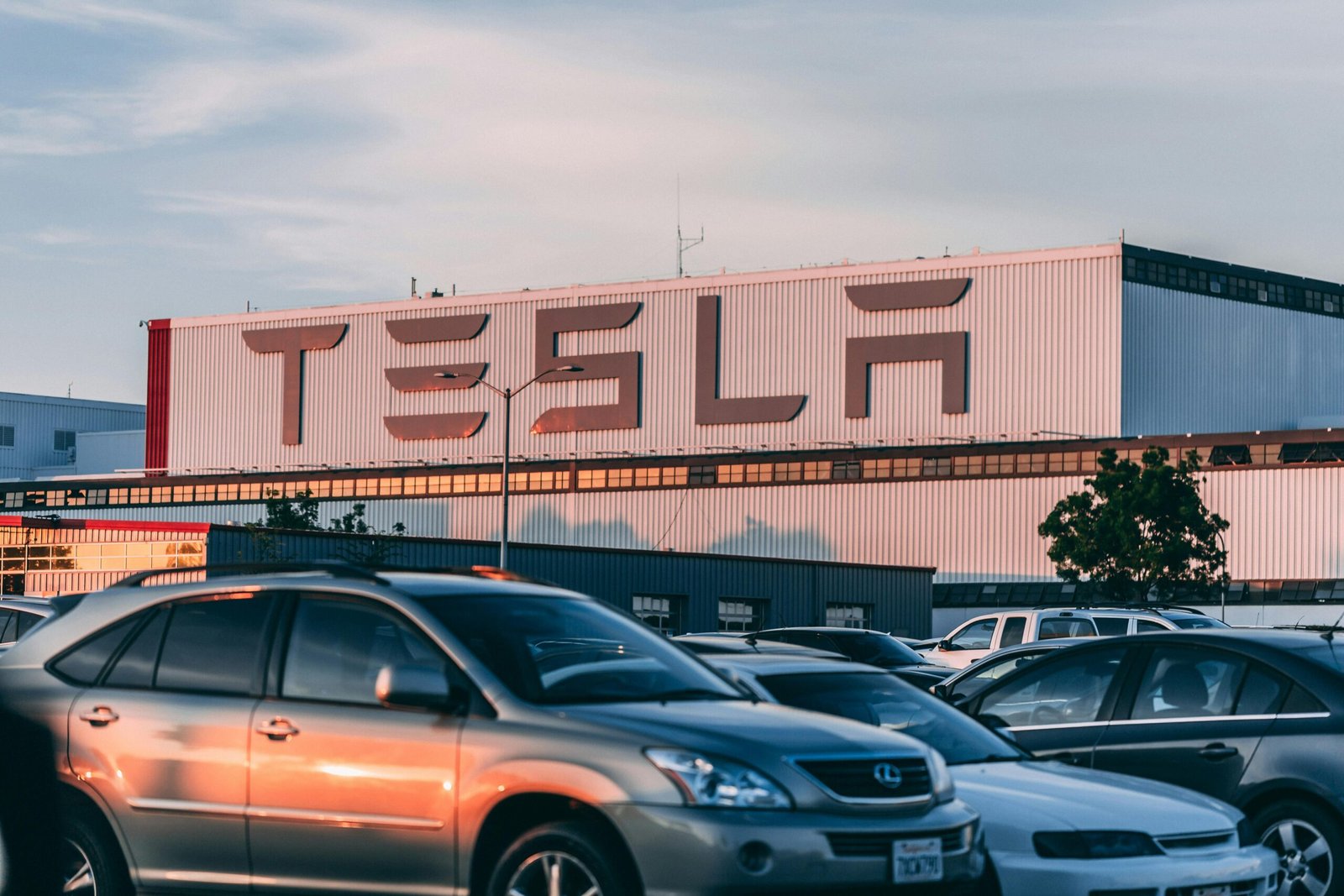When it comes to acquiring a new car, the decision between buying and leasing is a significant one, each option offering its own set of advantages and drawbacks. This article will explore the key differences between buying and leasing a vehicle, helping you determine which choice best aligns with your financial situation, driving habits, and personal preferences.
Understanding Buying and Leasing
What Does It Mean to Buy or Lease?
- Buying: Purchasing a vehicle means you pay for the full cost of the car, either upfront or through financing. Once paid off, you own the car outright and can keep it as long as you wish without any restrictions on usage.
- Leasing: Leasing a car is akin to renting it for a specified period, usually 2-4 years. You make monthly payments to use the car but must return it at the end of the lease unless you opt to purchase it.
Advantages of Buying
Long-Term Benefits and Ownership
- Equity Building: Every payment made on a financed car goes toward owning the vehicle outright, which means you build equity.
- No Mileage Restrictions: Owning a car frees you from the mileage limitations typically imposed by a lease, making it ideal for those who drive frequently or long distances.
- Customization Freedom: As the owner, you can modify or customize your car as you see fit without any restrictions.
- Cost-Effective in the Long Run: Though buying a car is initially more expensive, it can be more economical over time, especially if you keep the vehicle for several years after it’s paid off.
Advantages of Leasing
Flexibility and Lower Upfront Costs
- Lower Monthly Payments: Lease payments are generally lower than loan payments, as you’re only paying for the depreciation of the car during the lease term plus interest and fees.
- Always Drive a New Car: Leasing makes it easier to drive a new car every few years, ensuring you always have the latest technology and safety features.
- Less Maintenance Worries: As leases typically last a few years, the car is usually covered under the manufacturer’s warranty for most of the lease term.
- Tax Advantages: If you use your car for business, leasing a vehicle may offer significant tax write-offs.
Disadvantages of Buying
Higher Initial Costs and Depreciation
- Higher Initial Costs: Down payments, taxes, and initial fees can be substantial when purchasing a car.
- Depreciation: Cars depreciate quickly, and owners bear the full cost of depreciation especially evident when selling or trading in the vehicle.
- Out-of-Pocket Maintenance: Once the warranty expires, all maintenance and repair costs are your responsibility, which can be costly as the car ages.
Disadvantages of Leasing
Restrictions and Potential Additional Costs
- Mileage Limits: Most leases come with mileage limits, typically between 10,000 to 15,000 miles per year. Exceeding these limits incurs hefty fees.
- Wear and Tear Charges: At the end of the lease, any damage beyond “normal wear and tear” can result in charges.
- Lack of Equity: Since you do not own the car, you build no equity despite your monthly payments.
Making the Decision
Factors to Consider
- Financial Situation: Assess your current financial stability and future predictability. Leasing might be preferable if you prefer lower monthly payments and driving a new car every few years.
- Driving Needs: Consider how much you drive. If you often exceed typical lease mileage limits, buying might be more cost-effective.
- Personal Preferences: Reflect on whether vehicle ownership or the ability to change cars frequently is more important to you.
Conclusion: What’s Best for You?
Deciding whether to buy or lease a car depends on your personal and financial circumstances. If you prefer long-term ownership and have no concerns about upfront costs, buying is likely the better option. If you value flexibility, lower monthly payments, and driving a new vehicle regularly, leasing could be the way to go.
Carefully evaluate your situation, considering all the pros and cons of each option. Whichever you choose, make sure it aligns with your financial goals and lifestyle needs.





